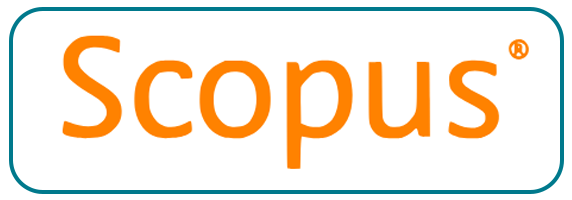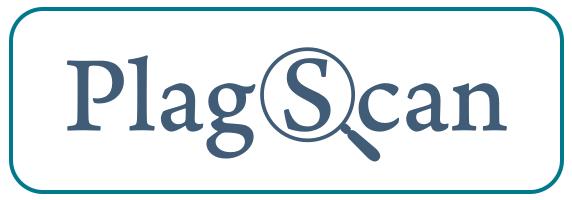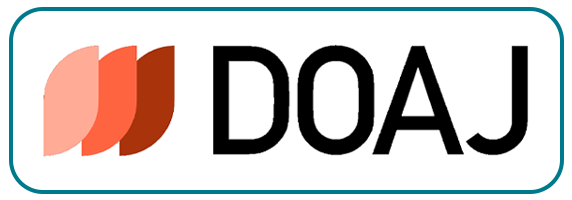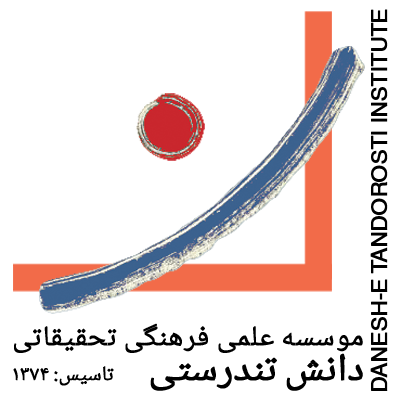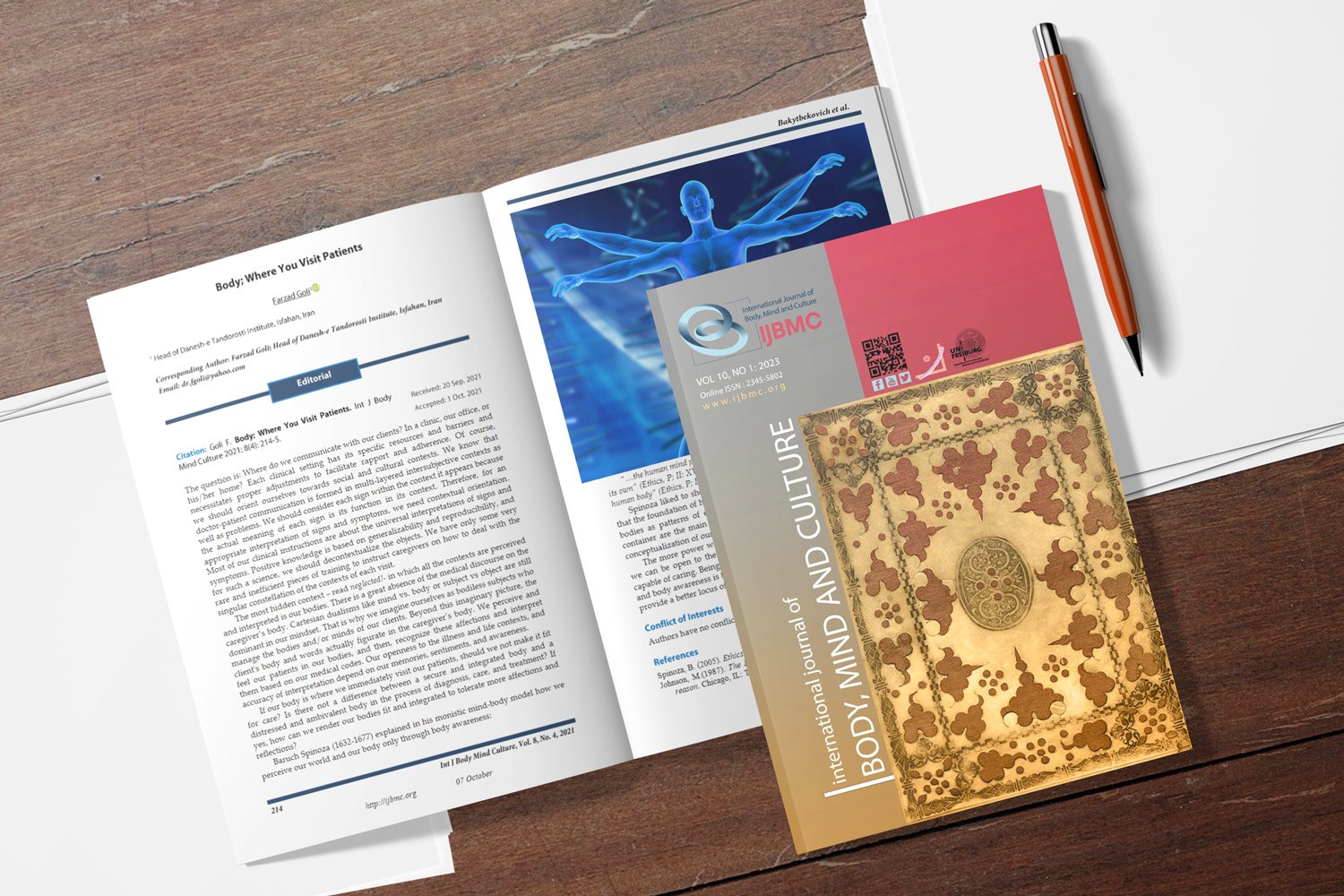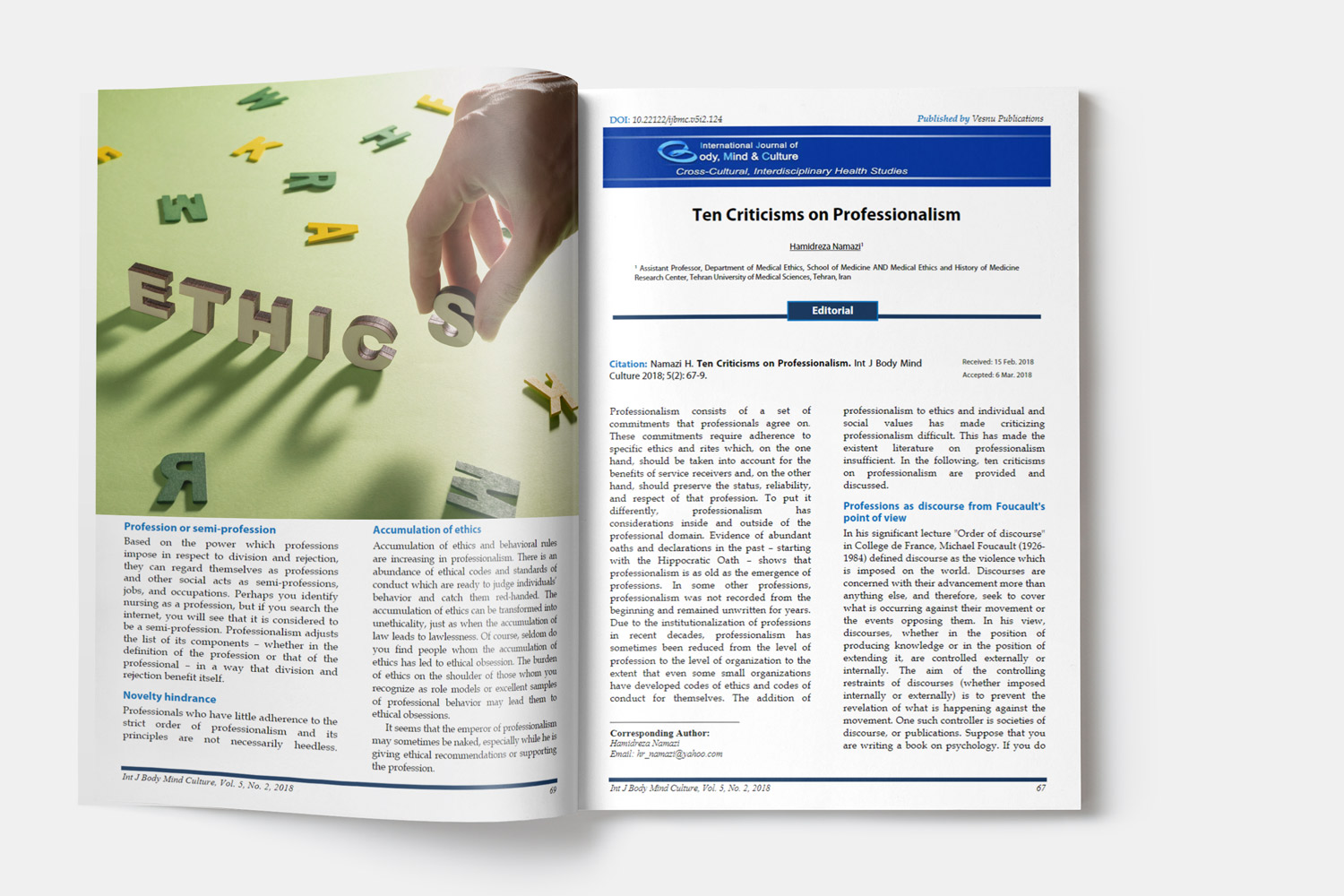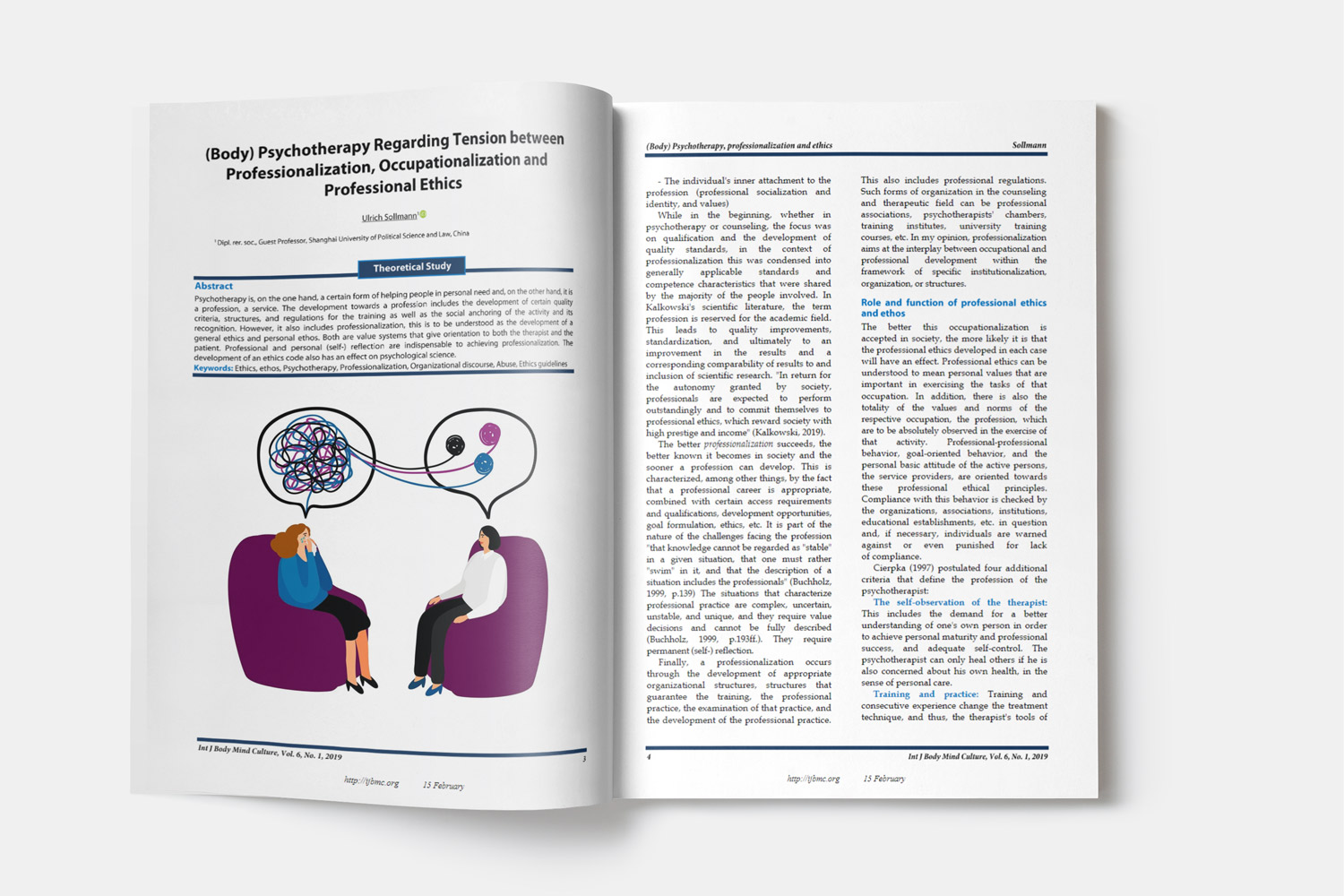Impact of Oral Health Literacy and COVID-19 Induced Anxiety on Dentistry Visits of the Iranian Public
COVID-19 induced anxiety and dentistry visits
Downloads
Background: High levels of stress and fear of COVID-19 infection in high-risk places negatively affect visiting hygiene professionals and receiving health services including dentistry. This study was conducted with the aim to determine the impact of COVID-19 induced anxiety and Oral Health Literacy (OHL) on dental services during COVID-19 pandemic in the general population in Iran.
Methods: This online cross-sectional study was performed on 307 individuals (244 women and 63 men) using convenient sampling method, at the time of COVID-19 outbreak (October and November 2021) in Tehran city. A demographic characteristics form, the COVID-19 Induced Anxiety Scale (CIAS) (Riad et al., 2021), and the Oral Health Literacy Questionnaire (OHLQ) (Naghibi Sistani et al., 2013) were used to collect data with items related to the rate and reasons for visiting/not visiting dentists. Data were analyzed using ANOVA and Pearson correlation test in SPSS software.
Results: The results revealed no significant differences between those who had and those who had not had dental visits in terms of COVID-19 induced anxiety (P > 0.05). However, there was a significant difference between the two groups in terms of OHL (P ≤ 0.05). In addition, no significant correlation was found between OHL and COVID-19 anxiety (P > 0.05).
Conclusion: Notwithstanding the risk of Corona virus transmission in offices/clinics, higher levels of OHL caused more desire to use dentistry services in the public.
Downloads
Baskaradoss, J. K. (2016). The association between oral health literacy and missed dental appointments. J Am.Dent Assoc, 147(11), 867-874. doi:S0002-8177(16)30505-0 [pii];10.1016/j.adaj.2016.05.011 [doi]. Retrieved from PM:27497866
Baskaradoss, J. K. (2018). Relationship between oral health literacy and oral health status. BMC Oral.Health, 18(1), 172. doi:10.1186/s12903-018-0640-1 [pii];640 [pii];10.1186/s12903-018-0640-1 [doi]. Retrieved from PM:30355347
Bridgman, A., & Merkley, E. (2020). Replication Data for: The causes and consequences of COVID-19 misperceptions. Harvard Dataverse. doi: 10.7910/DVN/5QS2XP [doi].
Demirbas, N., & Kutlu, R. (2022). Effects of COVID-19 Fear on Society's Quality of Life. Int J Ment Health Addict., 20(5), 2813-2822. doi:550 [pii];10.1007/s11469-021-00550-x [doi]. Retrieved from PM:34539282
Dos Santos, E. R. R., Silva de Paula, J. L., Tardieux, F. M., Costa-E-Silva VN, Lal, A., & Leite, A. F. B. (2021). Association between COVID-19 and anxiety during social isolation: A systematic review. World J Clin Cases., 9(25), 7433-7444. doi:10.12998/wjcc.v9.i25.7433 [doi]. Retrieved from PM:34616809
Ibrahim, M. S., Alibrahim, H., Al, M. A., Alamri, A., Bamashmous, M., & Tounsi, A. (2021). Fear Factor in Seeking Dental Care among Saudis during COVID-19 Pandemic. Int J Environ.Res Public Health, 18(20). doi:ijerph182010589 [pii];ijerph-18-10589 [pii];10.3390/ijerph182010589 [doi]. Retrieved from PM:34682335
Janis, I. L. (1967). Effects of fear arousal on attitude change: Recent developments in theory and experimental research. In L. Berkowitz (Ed.), Advances in Experimental Social Psychology (3 ed., pp. 166-224). New York, NY: Academic Press.
Kranz, A. M., Chen, A., Gahlon, G., & Stein, B. D. (2021). 2020 trends in dental office visits during the COVID-19 pandemic. J Am.Dent Assoc, 152(7), 535-541. doi:S0002-8177(21)00138-0 [pii];10.1016/j.adaj.2021.02.016 [doi]. Retrieved from PM:34023093
Moghanibashi-Mansourieh, A. (2020). Assessing the anxiety level of Iranian general population during COVID-19 outbreak. Asian J Psychiatr., 51, 102076. doi:S1876-2018(20)30187-8 [pii];102076 [pii];10.1016/j.ajp.2020.102076 [doi]. Retrieved from PM:32334409
Naghibi Sistani, M. M., Montazeri, A., Yazdani, R., & Murtomaa, H. (2014). New oral health literacy instrument for public health: development and pilot testing. J Investig.Clin Dent, 5(4), 313-321. doi:10.1111/jicd.12042 [doi]. Retrieved from PM:23559571
Nazir, M., Almulhim, K. S., AlDaamah, Z., Bubshait, S., Sallout, M., AlGhamdi, S. et al. (2021). Dental Fear and Patient Preference for Emergency Dental Treatment Among Adults in COVID-19 Quarantine Centers in Dammam, Saudi Arabia. Patient.Prefer.Adherence., 15, 1707-1715. doi:319193 [pii];10.2147/PPA.S319193 [doi]. Retrieved from PM:34354346
Nguyen, H. T., Do, B. N., Pham, K. M., Kim, G. B., Dam, H. T. B., Nguyen, T. T. et al. (2020). Fear of COVID-19 Scale-Associations of Its Scores with Health Literacy and Health-Related Behaviors among Medical Students. Int J Environ.Res Public Health, 17(11). doi:ijerph17114164 [pii];ijerph-17-04164 [pii];10.3390/ijerph17114164 [doi]. Retrieved from PM:32545240
Peloso, R. M., Pini, N. I. P., Sundfeld, N. D., Mori, A. A., Oliveira, R. C. G., Valarelli, F. P. et al. (2020). How does the quarantine resulting from COVID-19 impact dental appointments and patient anxiety levels? Braz.Oral.Res, 34, e84. doi:S1806-83242020000100253 [pii];10.1590/1807-3107bor-2020.vol34.0084 [doi]. Retrieved from PM:32609145
Peng, X., Xu, X., Li, Y., Cheng, L., Zhou, X., & Ren, B. (2020). Transmission routes of 2019-nCoV and controls in dental practice. Int J Oral.Sci, 12(1), 9. doi:10.1038/s41368-020-0075-9 [pii];75 [pii];10.1038/s41368-020-0075-9 [doi]. Retrieved from PM:32127517
Riad, A., Huang, Y., Zheng, L., & Elavsky, S. (2021). The Associations of COVID-19 Induced Anxiety, Related Knowledge and Protective Behavior. Health Psychol Res, 9(1), 24768. doi:24768 [pii];10.52965/001c.24768 [doi]. Retrieved from PM:34746486
Shafran, R., Rachman, S., Whittal, M., Radomsky, A., & Coughtrey, A. (2021). Fear and Anxiety in COVID-19: Preexisting Anxiety Disorders. Cogn Behav Pract., 28(4), 459-467. doi:S1077-7229(21)00048-1 [pii];10.1016/j.cbpra.2021.03.003 [doi]. Retrieved from PM:33897249
Shigemura, J., Ursano, R. J., Morganstein, J. C., Kurosawa, M., & Benedek, D. M. (2020). Public responses to the novel 2019 coronavirus (2019-nCoV) in Japan: Mental health consequences and target populations. Psychiatry Clin Neurosci, 74(4), 281-282. doi:PCN12988 [pii];10.1111/pcn.12988 [doi]. Retrieved from PM:32034840
Tavakoli, A., Vahdat, K., & Keshavarz, M. (2020). Novel Coronavirus Disease 2019 (COVID-19): An Emerging Infectious Disease in the 21st Century. ISMJ, 22(6), 432-450. doi: 10.29252/ismj.22.6.432 [doi]. Retrieved from http://ismj.bpums.ac.ir/article-1-1222-en.html
Taylor, S., & Asmundson, G. J. G. (2004). Treating Health Anxiety: A Cognitive-behavioral Approach. New York, NY: Guilford Press.
Tseng, W., Pleasants, E., Ivey, S. L., Sokal-Gutierrez, K., Kumar, J., Hoeft, K. S. et al. (2020). Barriers and Facilitators to Promoting Oral Health Literacy and Patient Communication among Dental Providers in California. Int J Environ.Res Public Health, 18(1). doi:ijerph18010216 [pii];ijerph-18-00216 [pii];10.3390/ijerph18010216 [doi]. Retrieved from PM:33396682
Copyright (c) 2023 International Journal of Body, Mind and Culture

This work is licensed under a Creative Commons Attribution-NonCommercial 4.0 International License.

